The “Blue Roofs near Rouen”, written by Paul Gauguin in 1884, has a number of features characteristic of the art of impressionism. At the same time, the picture shows persistent
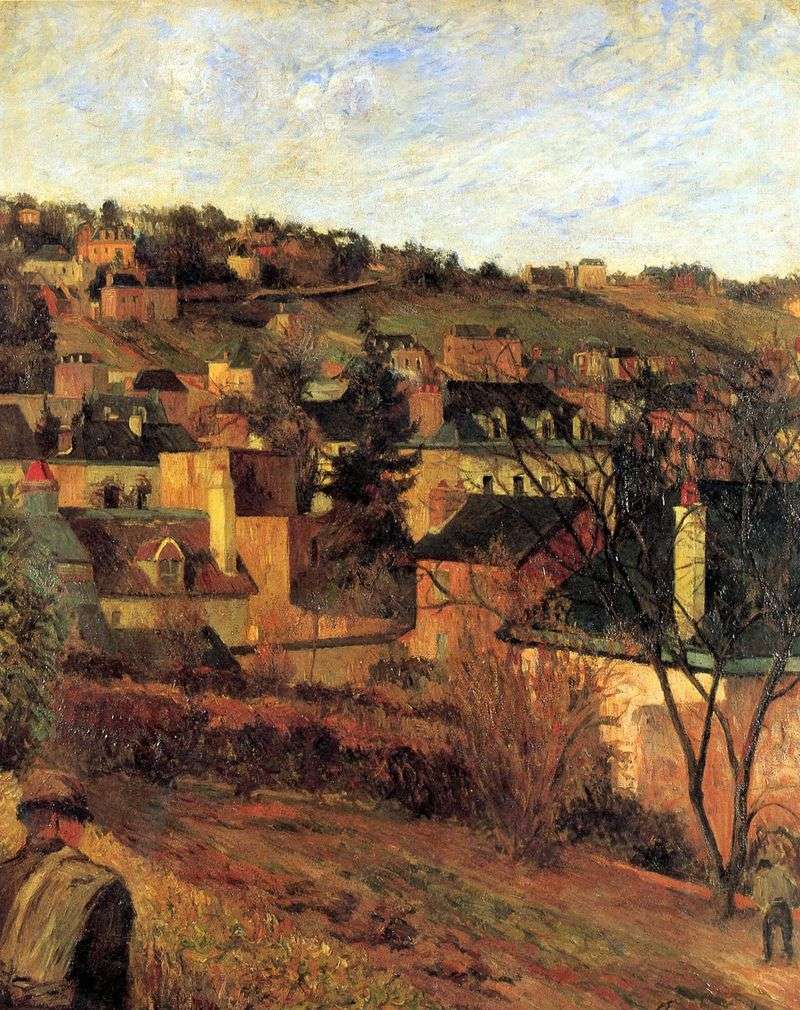

The “Blue Roofs near Rouen”, written by Paul Gauguin in 1884, has a number of features characteristic of the art of impressionism. At the same time, the picture shows persistent

Tahitian woman in the work of Paul Gauguin takes almost the first place. A mysterious, mysterious heroine, distinguished by an unusual, even wild beauty – is the image around which

Despite the bohemian and chaotic lifestyle, addiction to alcohol and drugs, Post-Impressionist artists often turned to the image of everyday life of ordinary people. And the traditional still-life genre for
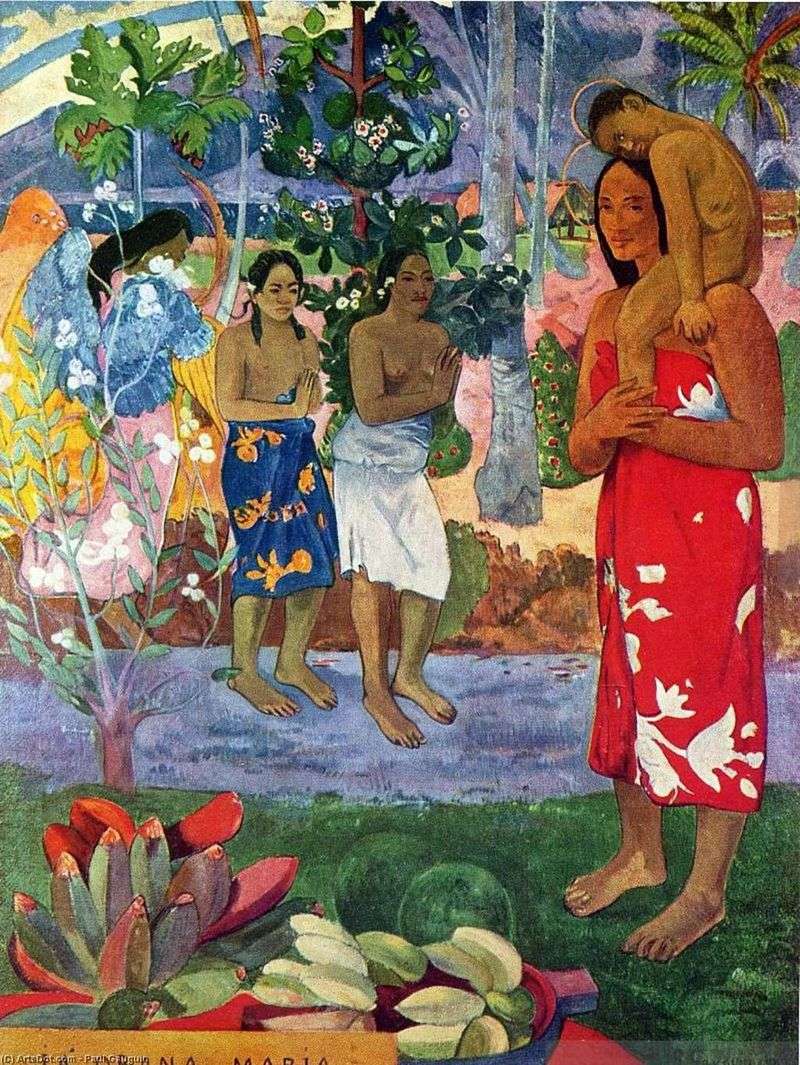
“Oran Maria”, “Ave, Maria”, “Ia Oran Maria” – the names of the same canvas, which are translated as follows: we greet you Mary. The picture is remarkable in that it
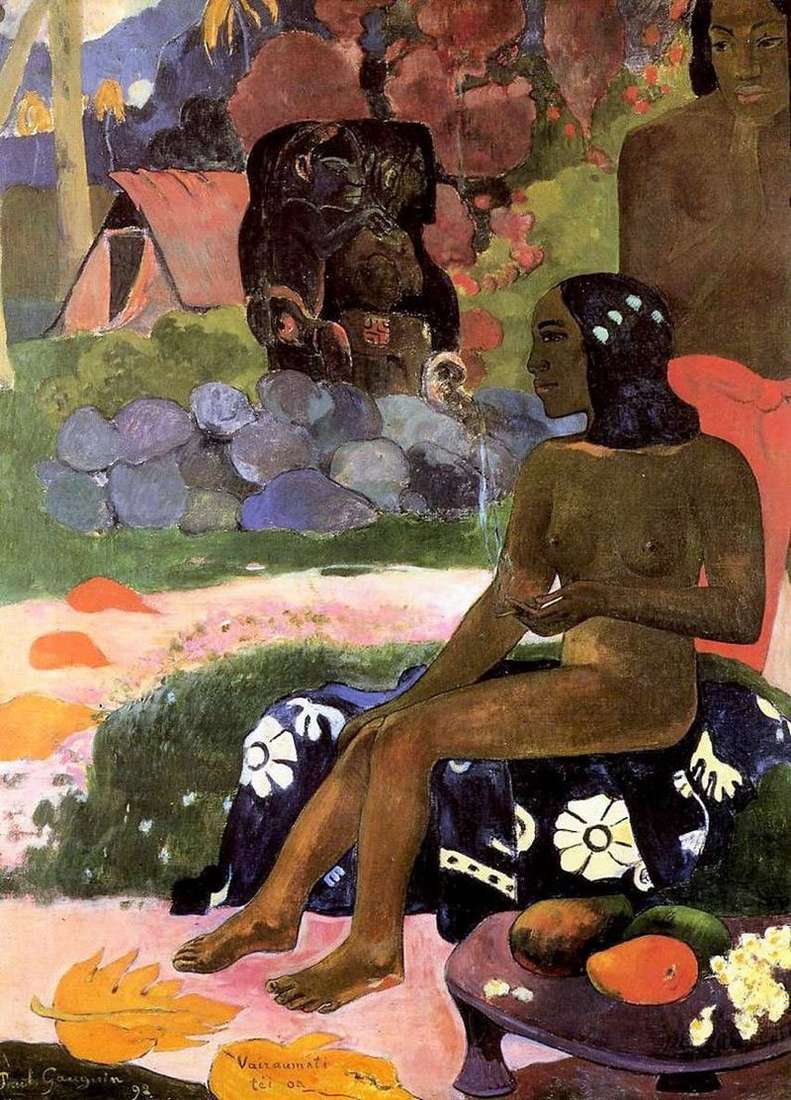
Once in Tahiti, Gauguin aspires to reflect in his works not only the beauty and curiosity of the surrounding world, but also the features of the world view and way
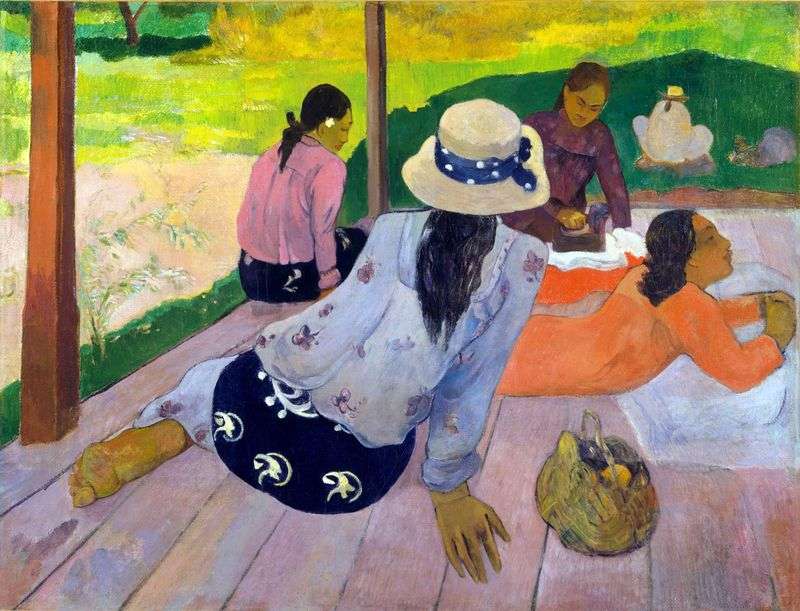
The Tahitian period of the biography of the artist Paul Gauguin is invaluable in that it enables an ordinary spectator, such as you or I, to learn about the life
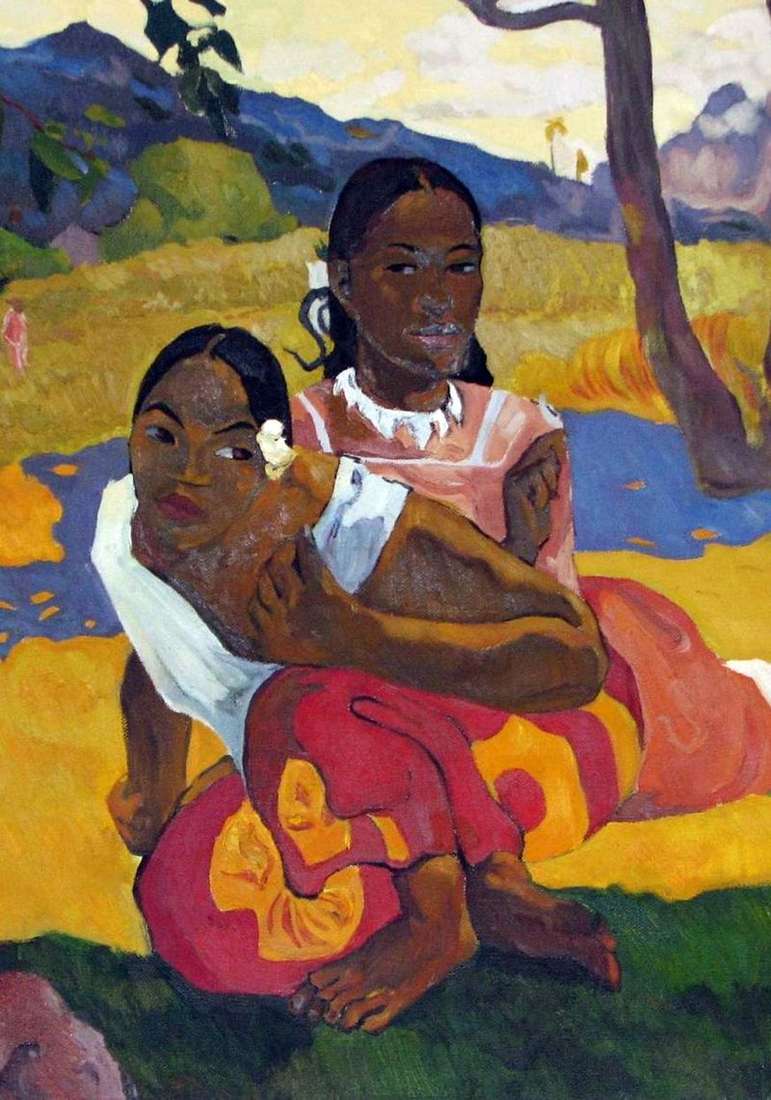
“When is the wedding?” canvas, oil. The painting was painted by the French artist Post-Impressionist Paul Gauguin in 1892. During the last 50 years, the canvas belonged to the family
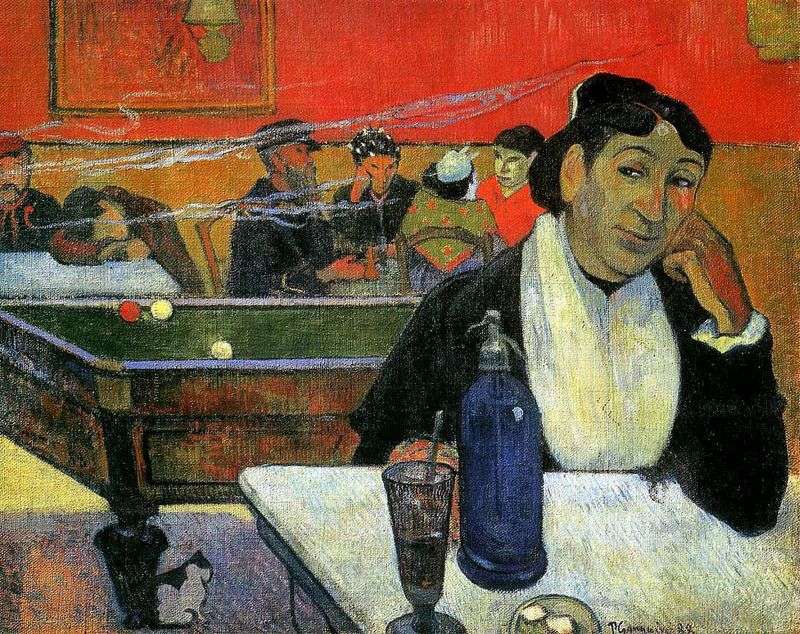
One of the famous works of Paul Gauguin can be considered the canvas “Cafe in Arles.” The painting was written in 1888 and is currently kept in the State Museum
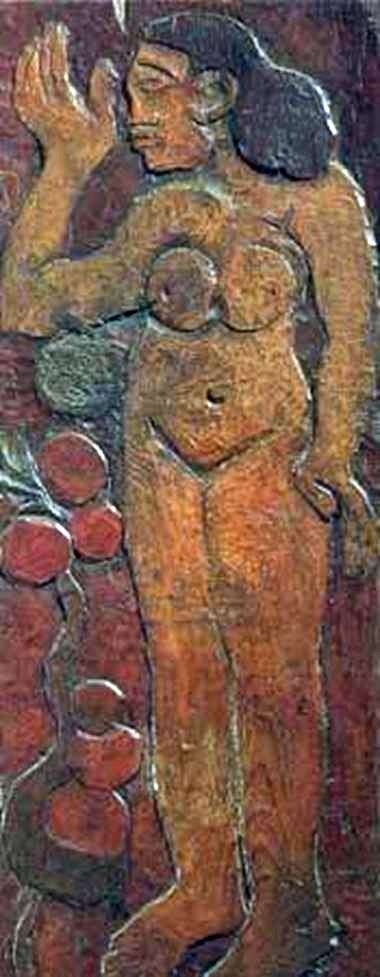
Gauguin easily changed the techniques. His early sculptures were traditional in style, but showed a high skill of the artist to work with the material. Soon the artist left the
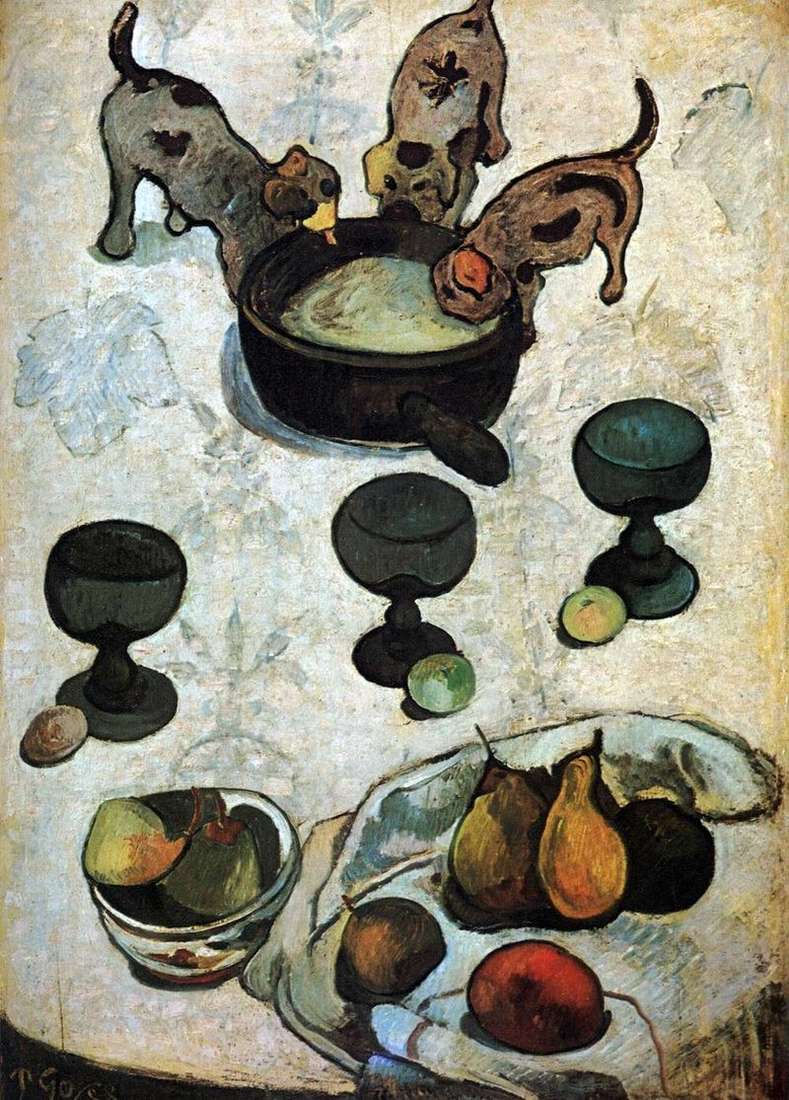
The picture was created during Gauguin’s stay in Brittany. It was an innovative work – a vertical canvas on which the composition unfolds from the top down, contrary to all
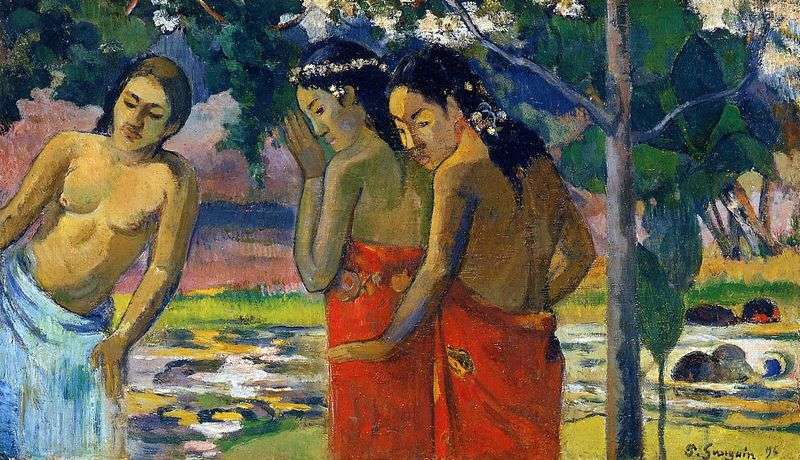
… How close, your call comes close – Prior to the commandments of the family and the primary – Oceanic low pearls And Tahitians meek baskets… OE Mandelstam Tahitian women
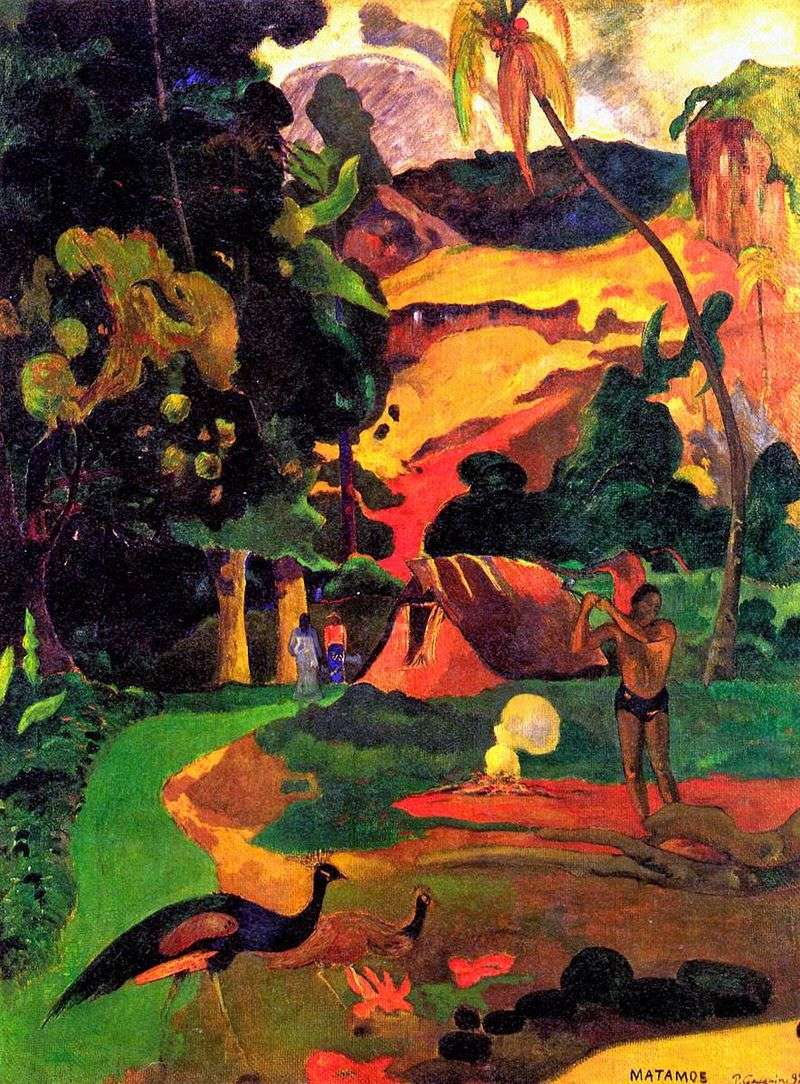
The picture refers to the first stay of Gauguin in Tahiti. A young Tahitian with an ax hung over his head is a real impression that the artist experienced while
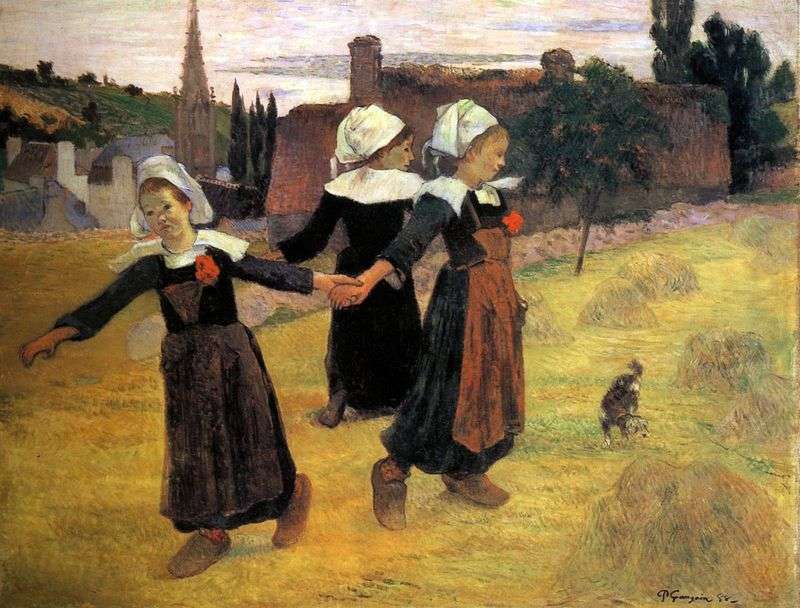
Painting by Paul Gauguin “The Dance of the Little Brethren” was written by the artist in 1888 and is a sample of the post-impressionistic method of depiction. The manner of
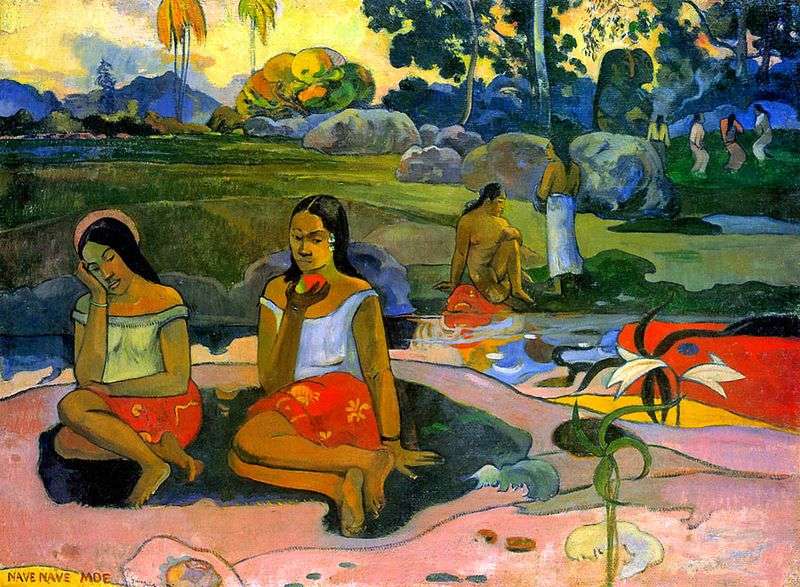
The second name of the painting – “The Wonderful Spring”, traditionally preserved in Russia, dates back to the catalog of the exhibition-sale of Gauguin 1895, which was probably composed by
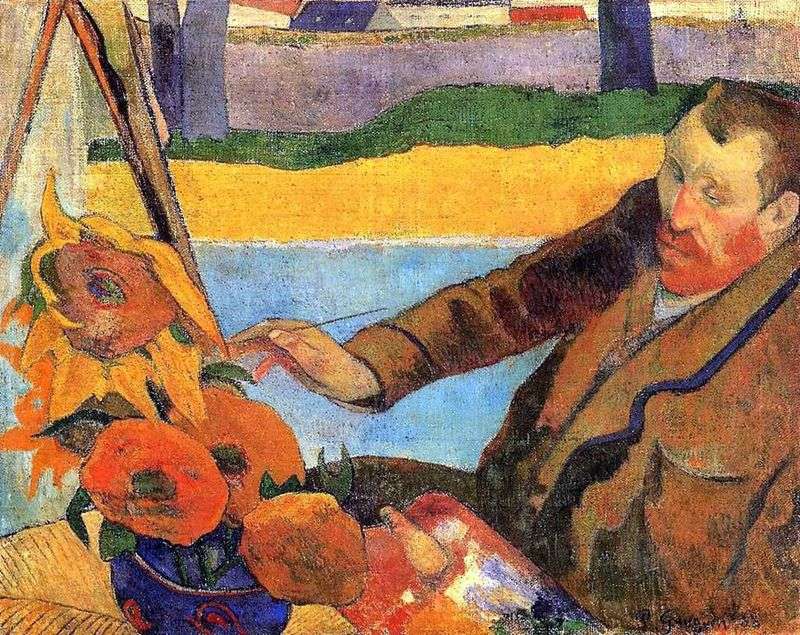
One of the most strange and sad pages in the biography of Paul Gauguin is devoted to friendship with another famous painter – Vincent Van Gogh. They met in 1886
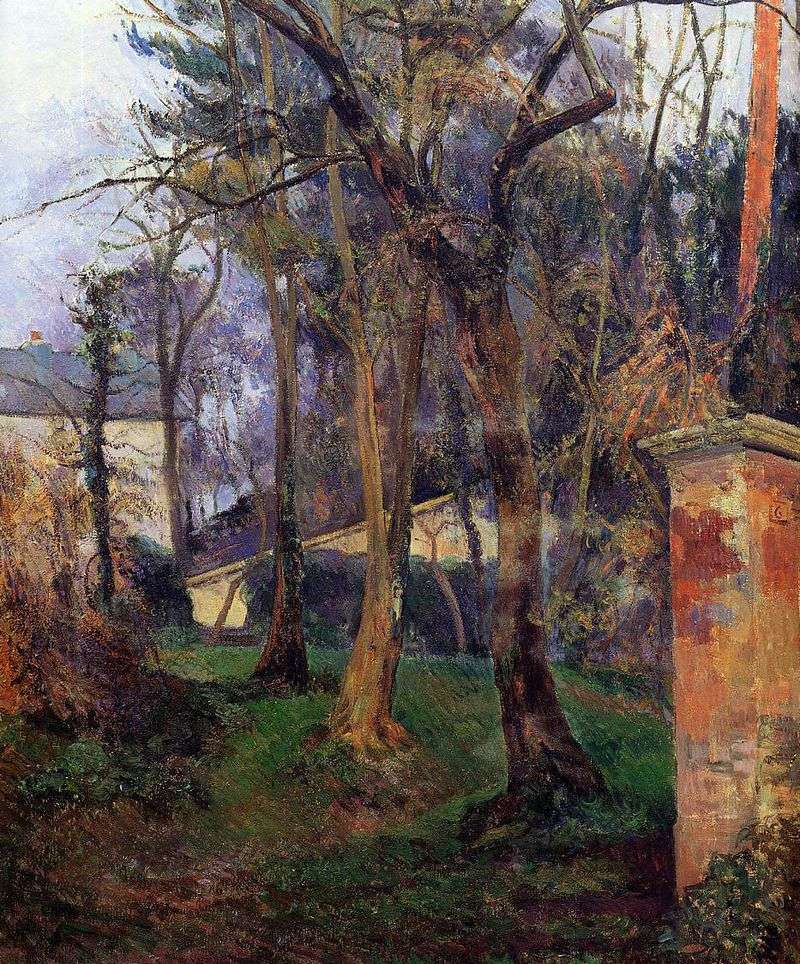
It is possible that someone will consider the artist’s predilection to be a display of the perverted taste of painting marshes, bare trees, killed animals and birds. But is not
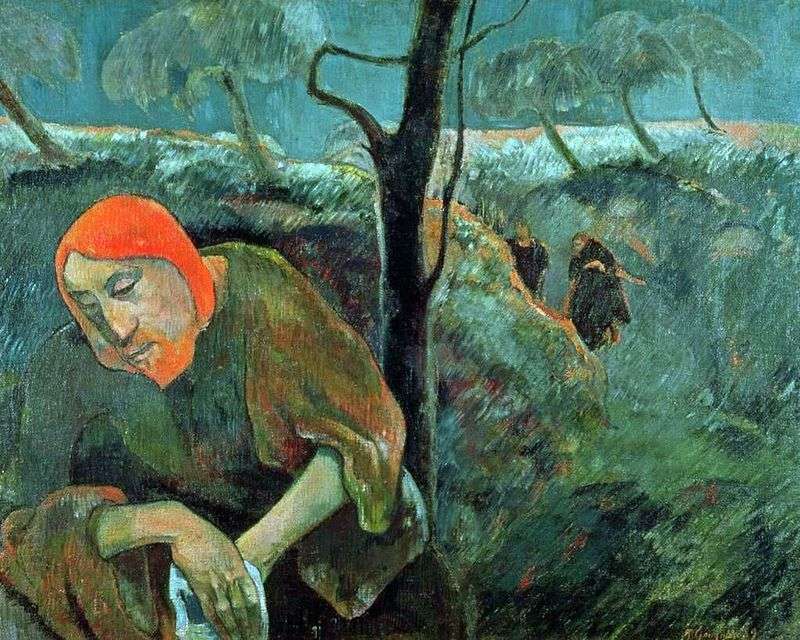
During the life of Paul Gauguin, his and his paintings were surrounded by many scandals, and one of them is related to the work “Christ in the Garden of Gethsemane”,
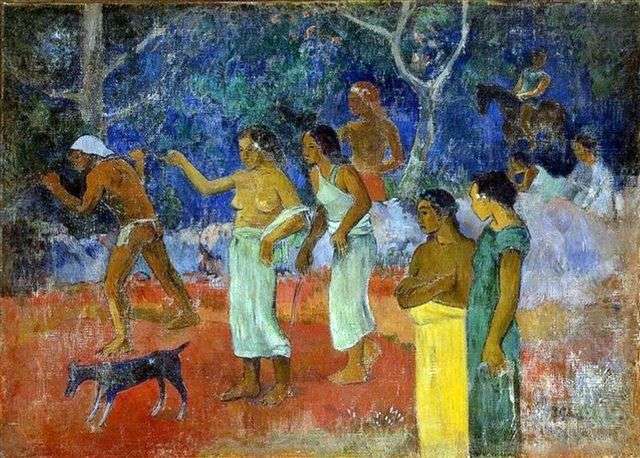
The second Tahitian period of Gauguin became very fruitful. In the author’s collection, there were many hot, life-rich and positive works – Tahitian pastors. “The Scene of Tahitian Life” is
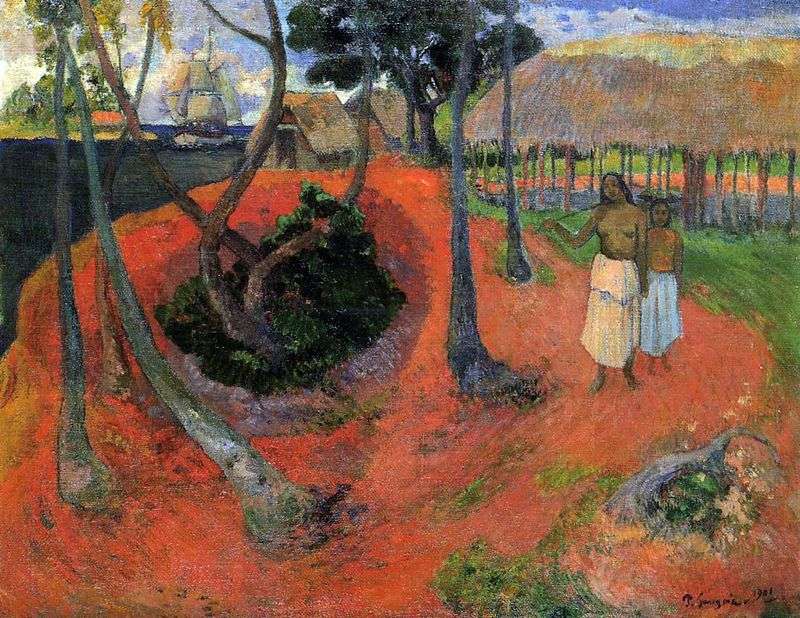
The genre composition “Idyll in Tahiti” was written in 1901 by the post-impressionist Paul Gauguin. The painting was created approximately two years before the death of the artist during his

“Hina Tefatou” or “Moon and Earth” is devoted, like many works of Gauguin, to the past of Tahiti. Filled with mysticism and some magical power, it is another evidence of
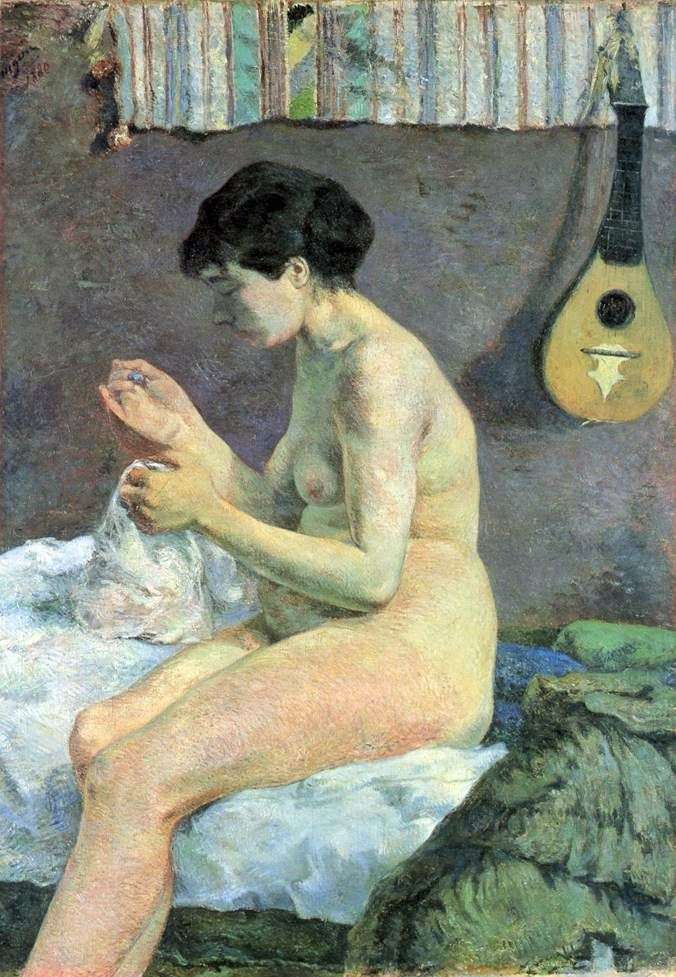
In 1880, Gauguin wrote a nude woman – Justine’s maid posed for him. In this nude Gauguin, as fully as possible, expressed what distinguished him from the Impressionists. In fact,